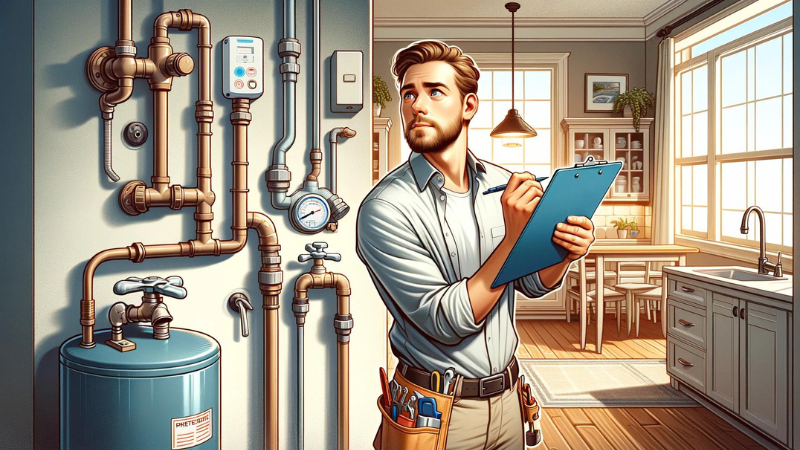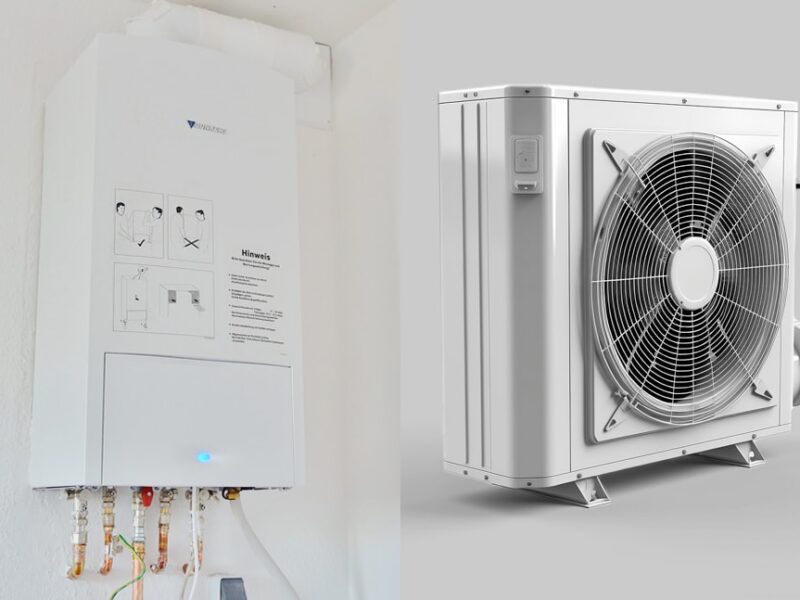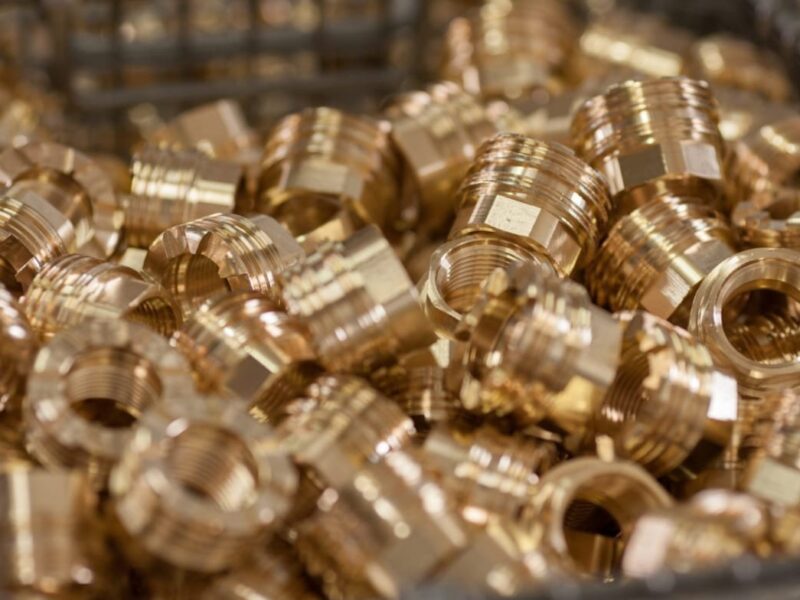Plumbing issues can strike unexpectedly, causing stress and inconvenience. Understanding how to manage common problems like pipe leaks, clogs, and low water pressure can save time and money. Here’s a guide to help homeowners address these plumbing challenges, along with advice on when to call a professional for more complex repairs.
1. Identifying and Fixing Pipe Leaks
Pipe leaks can range from minor drips to significant water damage that threatens your home’s structure and increases utility bills.
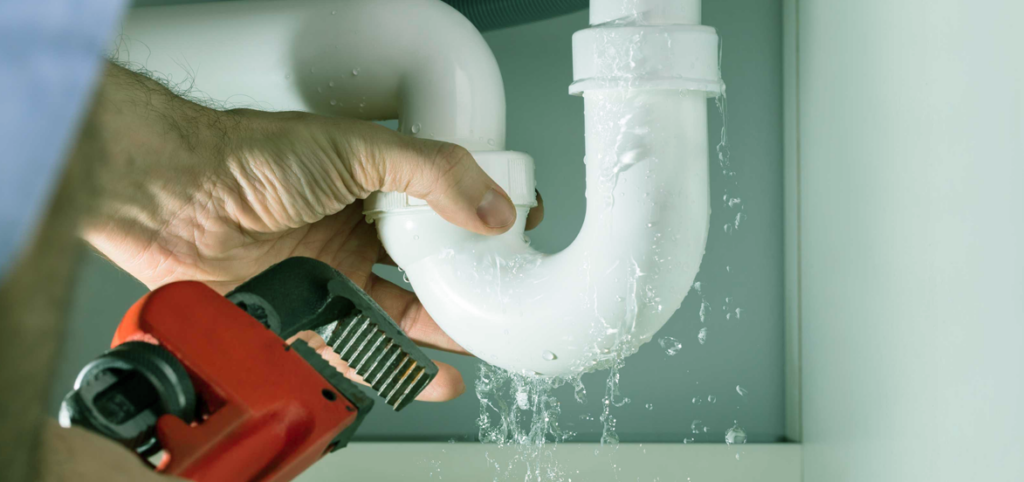
Common Causes:
- Corrosion: Over time, pipes can corrode, leading to small holes and leaks.
- Loose Connections: Pipe fittings can loosen over time, especially in high-usage areas.
- Cracks or Breaks: Temperature fluctuations or impacts can crack pipes, leading to leaks.
How to Fix It:
- Turn Off the Water Supply: Before starting any repair, shut off the main water valve to prevent further water damage.
- Patch Small Leaks: Use plumber’s tape or a rubber patch and a clamp to temporarily stop small leaks. Epoxy putty is also effective for patching pinhole leaks.
- Replace Damaged Sections: For larger leaks or damaged sections of pipe, you may need to replace part of the pipe. This often requires cutting out the damaged part and installing a new section using couplings.
When to Call a Plumber:
- Extensive Damage: If a leak is extensive or the source is not easily identifiable, professional help is necessary.
- Wall or Ceiling Leaks: Leaks behind walls or ceilings should be handled by a professional to minimize further damage and ensure proper repair.
2. Tackling Clogs
Clogged drains are among the most common plumbing problems and can be caused by a buildup of debris, hair, grease, or foreign objects.
Common Causes:
- Kitchen Sink Clogs: Often due to grease, food particles, and soap residue.
- Bathroom Clogs: Hair and soap buildup are frequent culprits in bathroom sink and shower drains.
- Toilet Clogs: Usually the result of flushing non-flushable items like wipes or excessive toilet paper.
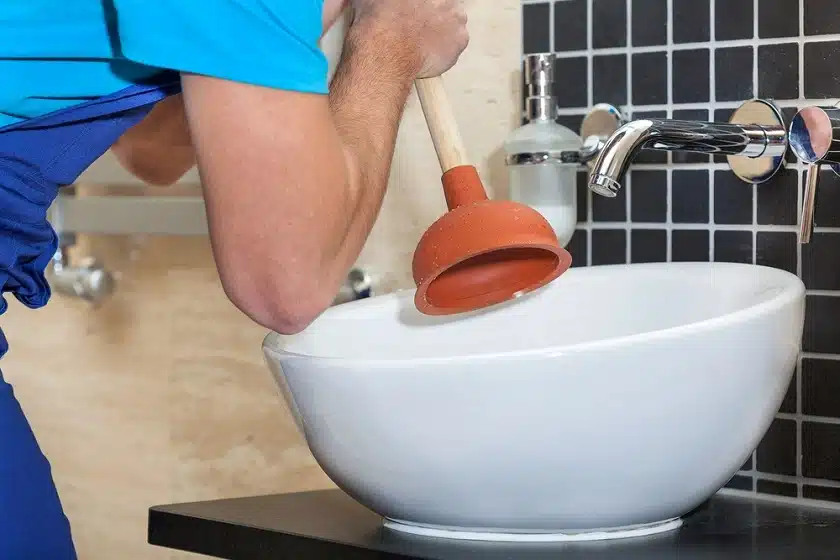
How to Fix It:
- Use a Plunger: A plunger can often dislodge clogs in sinks, toilets, or shower drains. Ensure a tight seal and use repeated pressure to push the clog through.
- Try a Drain Snake: For stubborn clogs, a drain snake or auger can break up and pull out debris. Insert the tool into the drain and rotate it to hook and remove the clog.
- Apply a Homemade Solution: For minor blockages, pour a mixture of baking soda and vinegar down the drain, followed by hot water after 15 minutes to help dissolve buildup.
When to Call a Plumber:
- Recurring Clogs: If clogs keep happening despite your best efforts, there may be a deeper issue in the plumbing system that requires professional inspection.
- Deep Blockages: Clogs located deep in the sewer line should be handled by a plumber with specialized equipment.
3. Addressing Low Water Pressure
Low water pressure can be frustrating and may indicate a range of issues, from simple fixes to more severe plumbing concerns.
Common Causes:
- Mineral Buildup: Over time, minerals from hard water can clog faucets and showerheads.
- Leaks: Leaks in the plumbing system can reduce pressure.
- Valve Issues: Partially closed shut-off valves can restrict water flow.
- Main Water Supply Problems: Sometimes, the problem lies with the municipal water supply.
How to Fix It:
- Clean Faucet Aerators and Showerheads: Remove and soak them in vinegar to dissolve mineral buildup, then rinse thoroughly and reattach.
- Check for Leaks: Inspect visible pipes for signs of leaks and repair as needed.
- Adjust Valves: Ensure all shut-off valves are fully open for optimal water flow.
When to Call a Plumber:
- Hidden Leaks: If you suspect a leak but cannot find it, a professional plumber can use specialized tools to locate and repair it.
- System-Wide Low Pressure: If the low pressure affects the entire house and simple fixes don’t help, call a plumber to investigate potential issues with your main water line or pressure regulator.
Preventative Measures for Long-Term Plumbing Health
- Regular Maintenance: Periodically inspect your plumbing system for signs of wear, rust, or leaks.
- Use Drain Screens: Install screens over drains to prevent debris from clogging pipes.
- Avoid Pouring Grease Down the Drain: Dispose of grease in the trash to prevent kitchen sink clogs.
- Schedule Professional Inspections: Have a plumber inspect your system annually to catch potential issues before they become major problems.
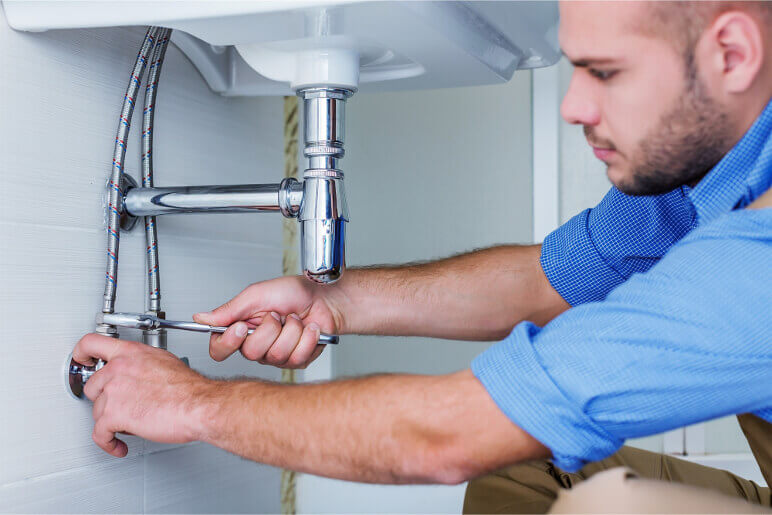
Conclusion
Handling basic plumbing repairs can empower you to maintain your home’s systems and avoid unexpected repair bills. By learning how to manage common issues like pipe leaks, clogs, and low water pressure, you can keep your plumbing in good shape. However, knowing when to call a plumber is just as important, ensuring more complex or hidden issues are addressed by an expert.
